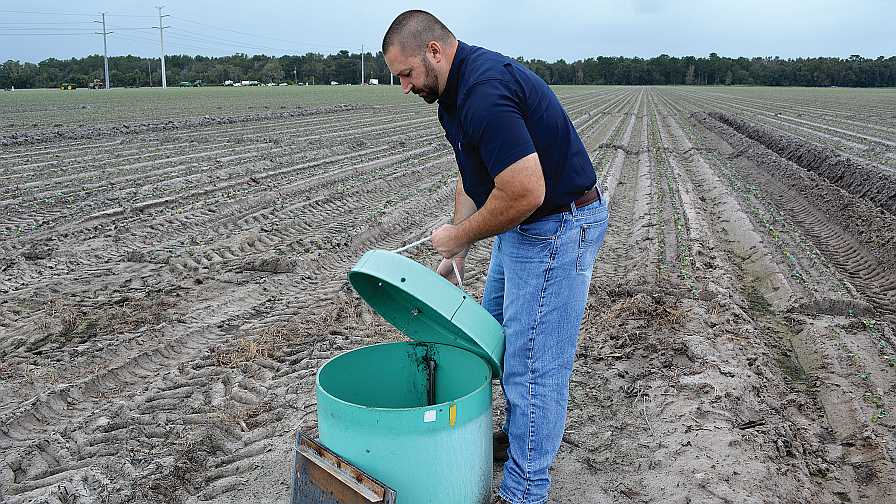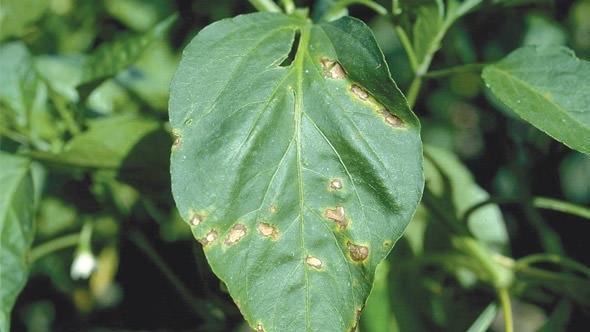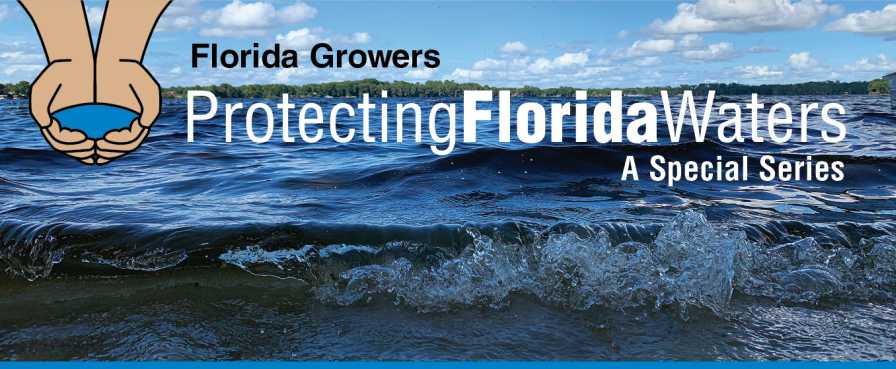How Being Extra Resourceful Helps L&M Farms Grow Forward

Adam Lytch of L&M Farms checks Irri-Drain tile in the field. The East Palatka, FL-based operation has installed the sub-surface irrigation on about one-third of its owned acreage to conserve water and reduce fertilizer inputs.
Photo by Frank Giles
Florida’s Tri-County Agricultural Area (TCAA), made up of Flagler, St. Johns, and Putnam counties, is the center of enhanced efforts to conserve water and manage against nutrient runoff. Because much of the farmland is near and drains into the lower basin of the St. Johns River, it is designated as one the state’s 31 Basin Management Action Plan (BMAP) areas.
BMAP is a framework for water quality restoration that contains local and state commitments to reduce pollutant loading through current and future projects and strategies. BMAPs contain a comprehensive set of solutions, such as permit limits on wastewater facilities, urban, and agricultural best management practices (BMPs), and conservation programs designed to achieve pollutant reductions established by a total maximum daily load. These broad-based plans are developed with local stakeholders and rely on local input and commitment for development and successful implementation.
A Proactive Approach
L&M Farms has locations throughout Florida and Georgia, but its home base is in East Palatka in the heart of the TCAA. Adam Lytch, Manager of Operations for L&M Farms, says water conservation and managing nutrient runoff is a priority on the farm that produces broccoli, kale, cabbage, bell peppers, and zucchini.
Lytch adds they take a proactive approach to protecting water resources. They have worked with the water management districts and the state on conservation projects.
“In the TCAA, we have worked with St. Johns River Water Management District on a cost-share basis to convert some of our traditional seepage farmland over to the Irri-Drain tile system,” Lytch says. “Through this system, we irrigate and drain a field using the same pipe, allowing us to manage our soil profile to optimize root development and crop yield, while minimizing the amount of water we use.”
In the irrigation process, water can be pumped back from the source, through the Irri-Drain feeder pipe, into the perforated pipe system, where the roots absorb moisture as needed. This pump-back system raises the water table to maintain the optimum soil moisture level for your crops.
Saving Water and Nutrients
Lytch says the tile system has reduced water usage by 50%. By taking seepage furrows out of fields, the farm also benefits by being able to use all of the land. L&M has converted about one-third of its owned acreage to Irri-Drain.
In addition, research conducted by Mark Clark, an Associate Professor of Wetland Ecology with UF/IFAS, has shown nitrogen and phosphate can be cut by 30% using Irri-Drain.
While the system has irrigation and fertilizer-reduction benefits, Lytch says the system’s ability to move water off fields after rain events is equally important. The tile has been shown to be able remove 10 inches to 14 inches of water off a field in a 24-hour period.
In the TCAA, growers can obtain cost-share funds of up to 75% for conservation projects with a cap of $250,000. There are cost-share opportunities in other water management districts, as well.
This is the sixth in a series of articles featuring growers who are taking a proactive approach to protecting the water resources on and around their farms. The stories will investigate how production practices, equipment, and technology are helping growers in the Sunshine State do more to protect water. Come back next month for another installment.











